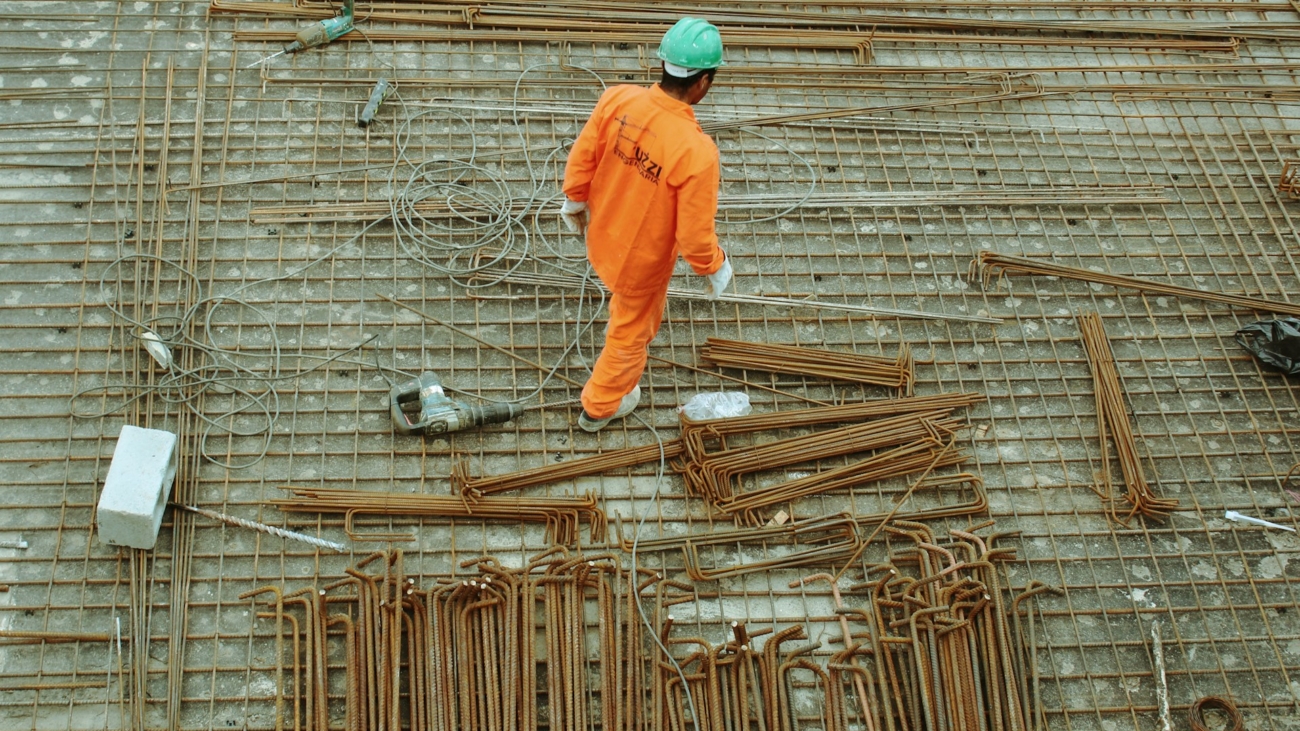The construction industry has traditionally been a labor-intensive sector, heavily reliant on a large workforce of daily wage workers performing repetitive and physically demanding tasks. However, the advent of automation, robotics, and advanced machinery is transforming the landscape of construction, necessitating a shift in the labor force towards more skilled and specialized roles. This evolution brings with it new economic dynamics and challenges that must be addressed through strategic labor forecasting and planning.
The Evolution of Labour in Construction
Historically, construction projects required vast numbers of unskilled or semi-skilled laborers who were often easily replaceable. These workers performed tasks such as bricklaying, concrete mixing, and manual lifting, which demanded sheer physical effort rather than technical skill. As a result, the labor market in construction was characterized by high turnover rates and a large pool of easily available workers.
However, the integration of automation and robotics in construction is changing this paradigm. Modern construction involves complex materials, sophisticated processes, and innovative techniques that demand a higher level of expertise. For instance, tasks such as operating automated machinery, managing Building Information Modeling (BIM) systems, and working with advanced materials like high-performance concrete and smart glass require specialized skills and training.
Forecasting Labour Demand
Accurately forecasting labor demand in the construction industry involves understanding the interplay between technological advancements and workforce requirements. Key factors influencing labor forecasting include:
- Technological Adoption: The rate at which automation and robotics are adopted in construction projects will significantly impact labor demand. Higher adoption rates of these technologies will likely reduce the need for unskilled labor while increasing demand for skilled operators, technicians, and engineers.
- Project Complexity: As construction projects become more complex, there will be a greater need for skilled labor capable of handling intricate designs, advanced materials, and sophisticated construction techniques. This trend necessitates continuous skill development and training programs to equip workers with the necessary expertise.
- Regulatory Environment: Government regulations and policies related to construction practices, labor laws, and safety standards will also influence labor demand. Stricter regulations may require more skilled labor to ensure compliance with safety and quality standards.
- Economic Cycles: The construction industry is highly sensitive to economic cycles. During economic downturns, construction activity may slow down, reducing labor demand. Conversely, during periods of economic growth, increased construction activity will drive higher demand for labor.
Risks and Challenges
The transition towards a more automated and skilled labor force in construction presents several risks and challenges:
- Skill Gaps: The shift towards automation and advanced construction techniques may create skill gaps in the workforce. There is a need for targeted training and education programs to bridge these gaps and ensure that workers are equipped with the necessary skills.
- Job Displacement: Automation and robotics may lead to job displacement for unskilled and semi-skilled workers. Addressing this challenge requires implementing policies and programs that provide opportunities for reskilling and upskilling displaced workers.
- Cost Implications: Investing in automation and advanced machinery involves significant upfront costs. Construction firms must balance these investments with the potential cost savings from reduced labor requirements and increased efficiency.
- Resistance to Change: There may be resistance to adopting new technologies and processes within the construction industry. Overcoming this resistance requires effective change management strategies and demonstrating the long-term benefits of automation and robotics.
Approaches to Labour Forecasting and Management
To effectively forecast and manage labor demand in the evolving construction industry, several approaches can be adopted:
- Data-Driven Forecasting: Utilizing data analytics and predictive modeling can provide insights into labor demand trends and help construction firms plan their workforce requirements. Analyzing historical data, project pipelines, and economic indicators can inform accurate labor forecasts.
- Skill Development Programs: Implementing comprehensive training and skill development programs is crucial to prepare the workforce for new roles and responsibilities. Partnerships with educational institutions, vocational training centers, and industry associations can facilitate the development of relevant skills.
- Collaborative Planning: Collaboration between construction firms, government agencies, and labor unions can ensure a coordinated approach to labor forecasting and management. Joint initiatives can address skill gaps, promote job creation, and support workforce transitions.
- Adapting to Technological Advances: Embracing technological advancements and integrating them into construction processes can enhance efficiency and productivity. Construction firms should invest in research and development to stay ahead of technological trends and leverage automation and robotics effectively.
- Policy Support: Government policies and incentives can play a pivotal role in facilitating the adoption of new technologies and supporting workforce transitions. Subsidies for training programs, tax incentives for technology investments, and support for reskilling initiatives can drive positive outcomes.
Conclusion
The construction industry is undergoing a significant transformation driven by automation, robotics, and advanced technologies. This evolution necessitates a shift in the labor force towards more skilled roles, creating both opportunities and challenges. Accurate labor forecasting, targeted skill development programs, and collaborative planning are essential to navigate this transition successfully. By embracing these strategies, the construction industry can enhance its productivity, efficiency, and sustainability, while ensuring a resilient and skilled workforce for the future.

